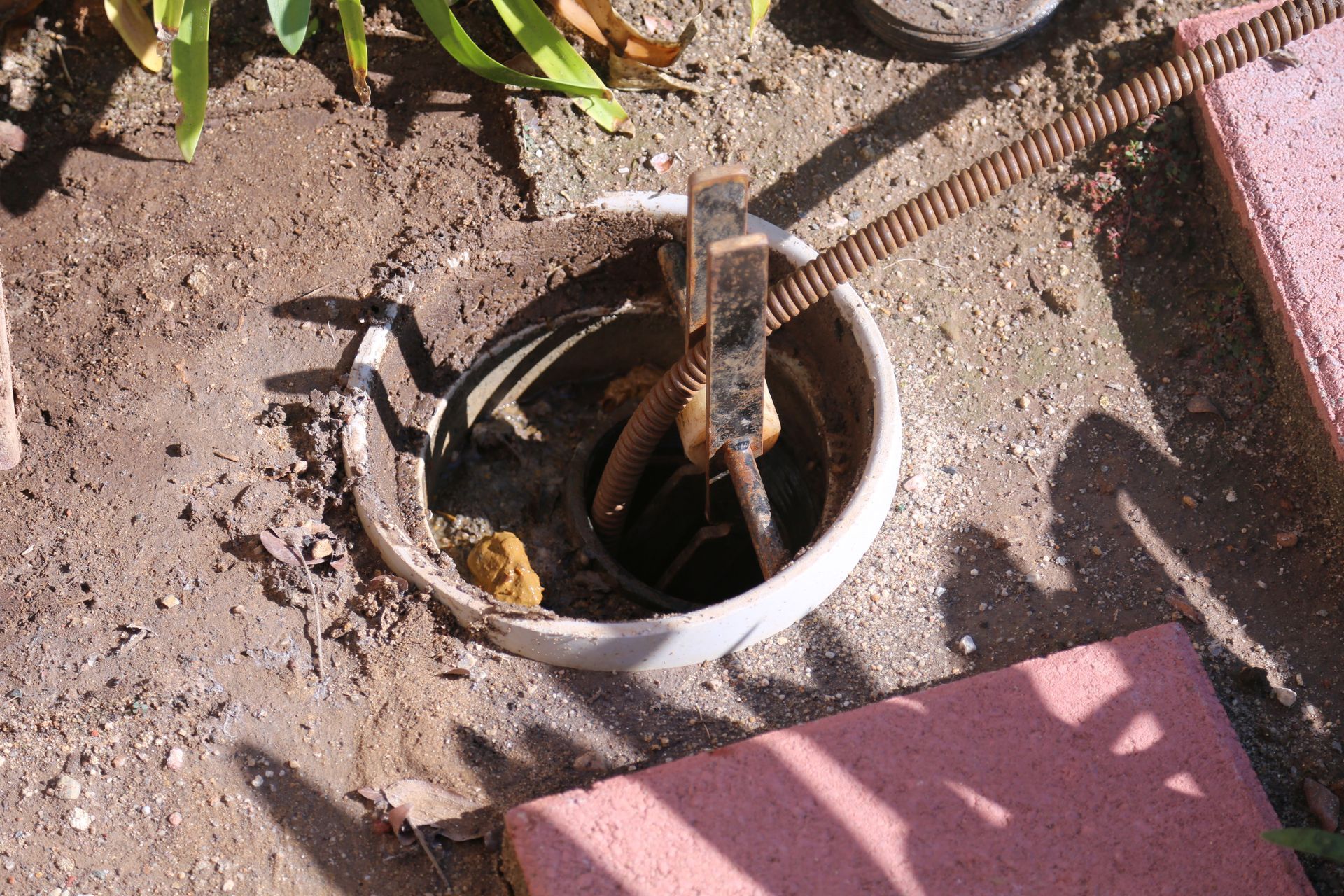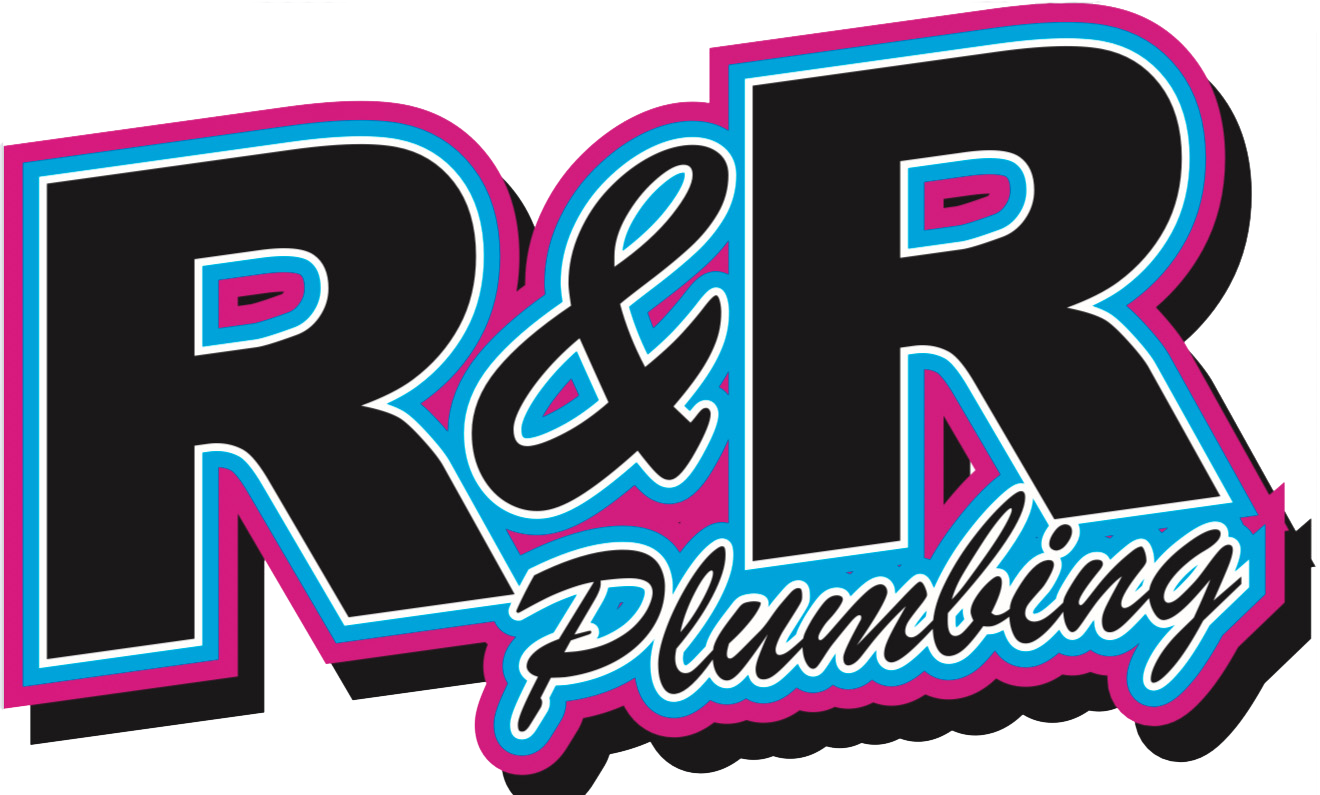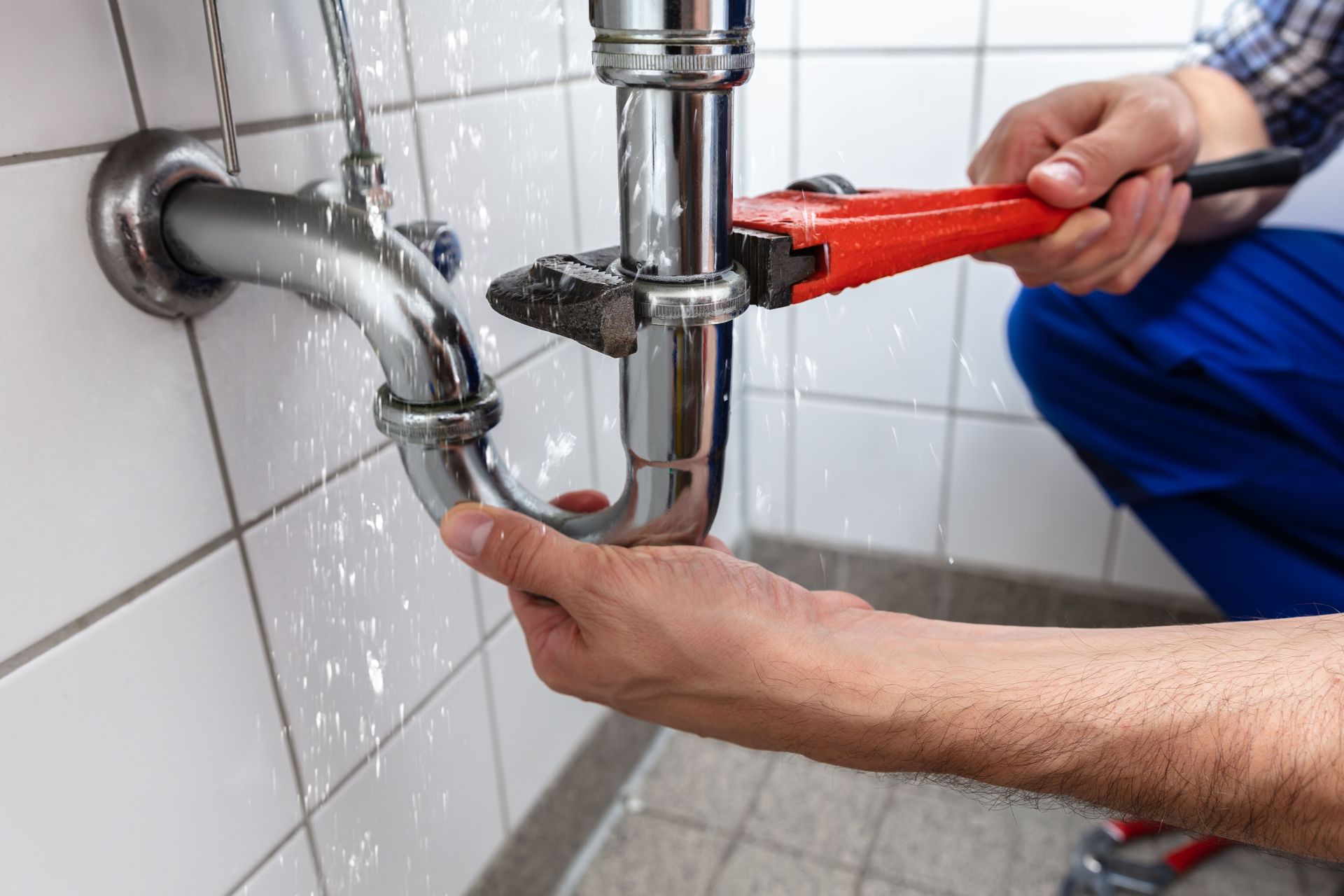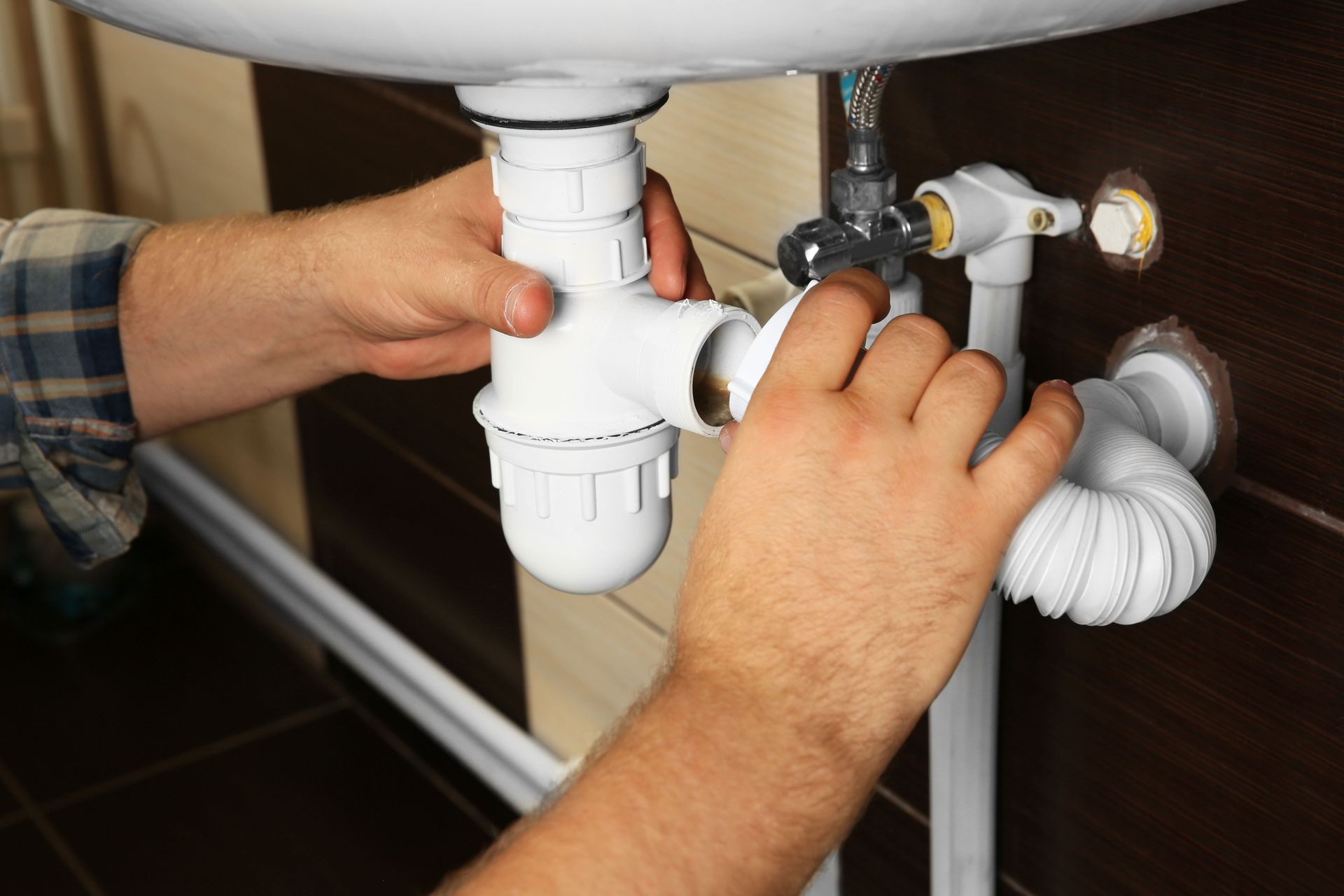November 21, 2025
Maintaining a home’s sewer system is one of those responsibilities that rarely crosses a homeowner’s mind—until something goes wrong. Yet, ignoring early warning signs can lead to extensive property damage, health hazards, and major repair costs. Recognizing when to call professionals for local sewer repairs can make all the difference between a simple fix and a full system replacement. Here are
1. Notice Persistent and Unpleasant Odors
One of the most common indicators of sewer trouble is the presence of foul odors inside or outside the home. If you smell sewage near your drains, basement, or yard, it may suggest a broken or leaking line allowing sewer gases to escape. This odor, caused by hydrogen sulfide, is not just unpleasant—it can also be harmful to your health. Professional inspection for local sewer repairs can quickly determine whether the problem stems from cracked pipes or damaged seals.
These smells sometimes originate from dry water traps or minor blockages that allow gases to escape through fixtures. If running water through unused drains doesn’t resolve the problem, the issue might be more serious. Persistent odors require professional attention, as they can signal deeper structural damage to the sewer line or an obstruction that’s preventing gases from venting correctly. According to This Old House, homeowners with older properties should have their main sewer line inspected this way at least once every 10 years. Routine professional checks help prevent minor issues from escalating into costly excavation and replacement projects.
2. Watch for Slow or Inconsistent Draining
Slow drainage in sinks, bathtubs, or showers is another clear sign that something’s wrong. While a single slow drain often points to a simple clog, multiple slow drains across the home usually indicate a deeper obstruction in the main sewer line. When wastewater struggles to move through the system, pressure builds and can eventually cause pipes to crack or back up into living areas.
Pay attention to your kitchen sink—if water drains sluggishly or bubbles appear, grease buildup may be restricting flow. In bathrooms, hair, soap residue, and mineral deposits can cause similar slowdowns. When more than one fixture starts draining slowly, it’s time to contact professionals experienced in local sewer repairs to evaluate your line for root intrusion or collapsed sections. Homeowners should avoid relying on chemical drain cleaners for persistent issues, as they can damage pipes over time. Instead, schedule an inspection using camera technology that allows plumbers to identify the blockage’s source quickly and efficiently before it causes further complications.
3. Detect Unusual Green Patches or Standing Water in the Yard
If you notice lush, green patches of grass or damp, sunken areas forming in your yard, don’t assume it’s good luck—this may be a red flag for a leaking sewer line. Sewage provides an excess of moisture and nutrients that promote rapid plant growth, creating unnatural green streaks or sections in the lawn. The problem can worsen as leaks erode soil and destabilize the surrounding area. Standing water or persistent dampness even during dry weather can also signal a leak. Over time, these areas may develop foul smells or attract pests like mosquitoes. Homeowners should not overlook this issue, as wastewater pooling in the yard can contaminate groundwater and weaken the foundation of nearby structures. Local sewer repairs in these cases often involve trenchless technology, allowing technicians to replace or reline damaged pipes without extensive excavation, preserving both your lawn and budget.
4. Recognize Frequent Clogs and Backups
Experiencing clogs in multiple drains at once is more than a minor inconvenience—it’s a signal of a systemic sewer problem. If your sinks, bathtubs, and toilets frequently back up, it may be due to tree roots, grease accumulation, or collapsing pipes. When plunging or snaking no longer provides lasting relief, call a professional who specializes in local sewer repairs. Persistent blockages require specialized tools like hydro-jetting or camera scoping to locate and eliminate the underlying cause. Continuing to rely on DIY methods can worsen the blockage or even damage your pipes. For older homes especially, preventive inspections are vital. Regular maintenance ensures your system continues to operate efficiently and reduces the likelihood of recurring clogs or sewage backups.
5. Listen for Gurgling or Bubbling Noises
When water gurgles as it drains, it often indicates trapped air within your plumbing system. This sound can occur in sinks, bathtubs, or toilets, typically suggesting a partial blockage or pressure imbalance. Air bubbles form when wastewater struggles to pass through an obstruction, and as the air escapes, you hear that distinctive gurgle.
If these noises happen frequently or across multiple fixtures, they point to a deeper issue within the main sewer line. Routine cleaning and local sewer repairs can help restore normal flow and prevent pressure from damaging joints or connections. Eventually, wastewater can start backing up or seeping out through weaker pipe sections. Scheduling professional evaluation promptly helps you avoid emergencies and ensures your system remains in reliable working condition.
6. Observe Pest or Rodent Activity Near Drains
Rats and insects are notorious for using sewer systems as their personal highways. If you notice an uptick in pests near drains, basements, or crawl spaces, there may be a crack or gap in your sewer line that’s giving them entry. Once inside, these pests can spread disease and cause damage to insulation, wiring, or stored belongings.
Sewer line leaks often attract cockroaches, flies, or rodents because they thrive in moist environments with food residue. Local sewer repairs that include sealing cracks and replacing damaged pipe sections can eliminate these access points. Pairing plumbing maintenance with pest control ensures the problem doesn’t return.
7. Identify Unusual Wet Spots or Mold Growth Indoors
Hidden sewer leaks can create damp areas on walls, ceilings, or floors, often accompanied by mold or mildew growth. These conditions not only damage building materials but also pose respiratory health hazards. Moisture from leaking pipes can travel long distances within walls, making it difficult to pinpoint the source without professional tools. If your basement or bathroom smells musty or you notice discoloration, don’t dismiss it as minor humidity. Sewer line leaks may be introducing moisture through cracks or joints. Local sewer repairs that target these leaks help prevent long-term structural deterioration and maintain indoor air quality.
8. Monitor Sudden Increases in Water Bills
While a slight change in your water bill may be normal, a sudden unexplained spike could point to a hidden leak in your plumbing or sewer system. Sewer leaks waste more than just water—they erode soil and create the potential for sinkholes or foundational instability over time. Track your monthly utility usage, and if numbers rise unexpectedly, consider calling for a sewer inspection. Professionals trained in local sewer repairs can use advanced detection tools to identify leaks without having to dig up large sections of your property. Prompt action ensures savings not only on utilities but also on future structural repair costs.
Staying ahead of sewer problems begins with paying attention to the signs your home gives you. From odors and slow drains to gurgling sounds and pest activity, every symptom is an opportunity to act before damage spreads. For homeowners in the Piedmont Triad area, professional inspections and timely
local sewer repairs can preserve your property’s comfort and safety for years to come. At R & R Plumbing and Salem Rooter Inc, we specialize in reliable commercial and residential plumbing solutions designed to prevent costly emergencies. Contact us today to schedule your inspection and keep your sewer system flowing smoothly.






